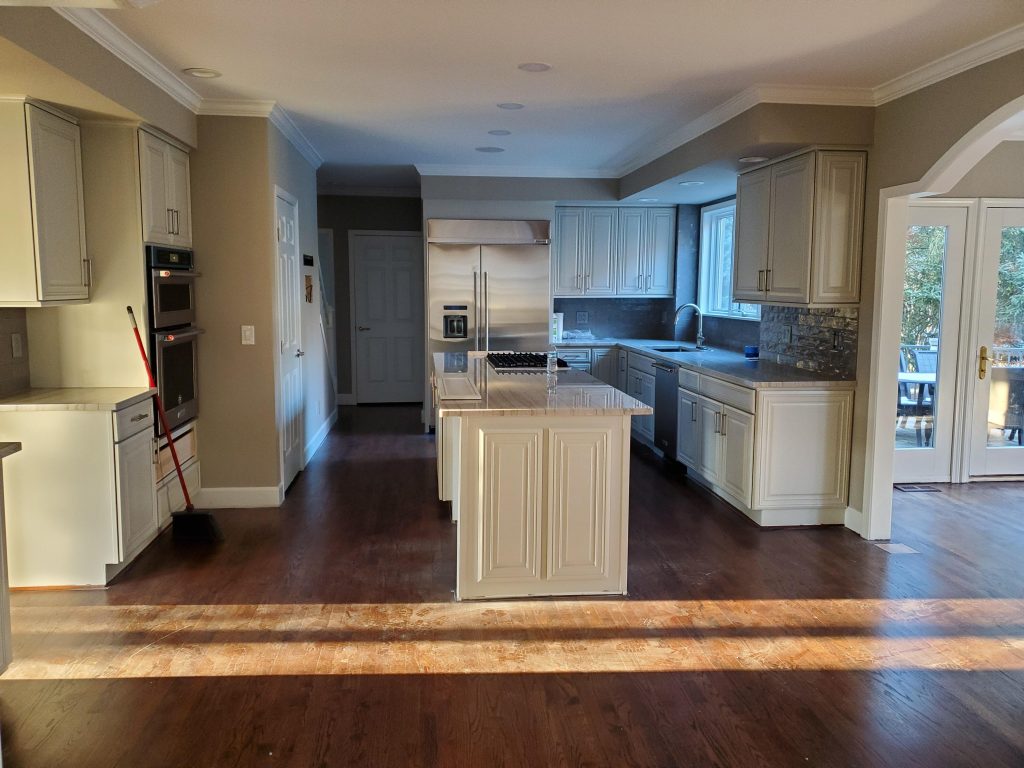
Navigating the Kitchen Remodeling Maze: A Comprehensive Guide

If you’ve ever asked yourself, “Is it hard to handle a kitchen remodeling project?” you’re not alone. The answer isn’t a simple yes or no. It largely depends on your preparation, know-how, and willingness to roll up your sleeves. Determining what you can do yourself, when it’s time to call in a contractor, and how to prepare for a kitchen remodel can make the process significantly simpler.
Preparation is Paramount
Before a kitchen remodeling project, preparation is key. Start by identifying your needs and wants. Do you need more storage space? Are you craving a kitchen island? Once you’ve identified your non-negotiables, start researching styles and designs that resonate with you.
Next, set a budget. This should include everything from new appliances to contractor’s fees. Remember, unexpected costs can pop up, so it’s wise to factor in a contingency of around 10-20% of your total budget.
DIY: What Can You Handle?
If you’re handy and love a challenge, there are aspects of a kitchen remodel you can tackle yourself. Painting cabinets, installing a tile backsplash, or updating light fixtures can all be DIY tasks. But remember, while doing it yourself can save money, it also requires time, tools, and patience.
Calling in the Pros
Certain parts of a kitchen remodel should be left to professionals. This includes tasks that require specialized skills or permits, such as electrical work, plumbing, and structural changes. Hiring a contractor ensures these tasks are done correctly and safely.
When choosing a contractor, get multiple quotes, read reviews, and ask for references. A good contractor will keep your project on track, manage subcontractors, and handle any issues that arise.
The Remodeling Process
A kitchen remodel typically follows these steps:
- Demolition: Remove old appliances, cabinets, and fixtures. This can be a DIY task if you’re up for it.
- Rough-In Work Including Plumbing and Electrical: This should be done by professionals. It involves moving or installing new plumbing or electrical lines.
- Professional Inspection: After the rough-in work, an inspector will check to ensure everything is up to code.
- Install Cabinetry and Appliances: Your contractor will usually handle this, but if you’re experienced, you could potentially do some of it yourself.
- Install Countertops and Backsplash: Depending on the material, this can be a job for the pros.
- Finishing Touches: Paint, install light fixtures, and add other final touches to make the space your own.
In Summary….
While handling a kitchen remodel can seem daunting, breaking it down into manageable tasks can make it less overwhelming. With careful preparation, a mix of DIY spirit, and professional help when needed, you can navigate the process with confidence. Remember, the end result—a kitchen tailored to your needs and tastes—will be well worth the effort.
